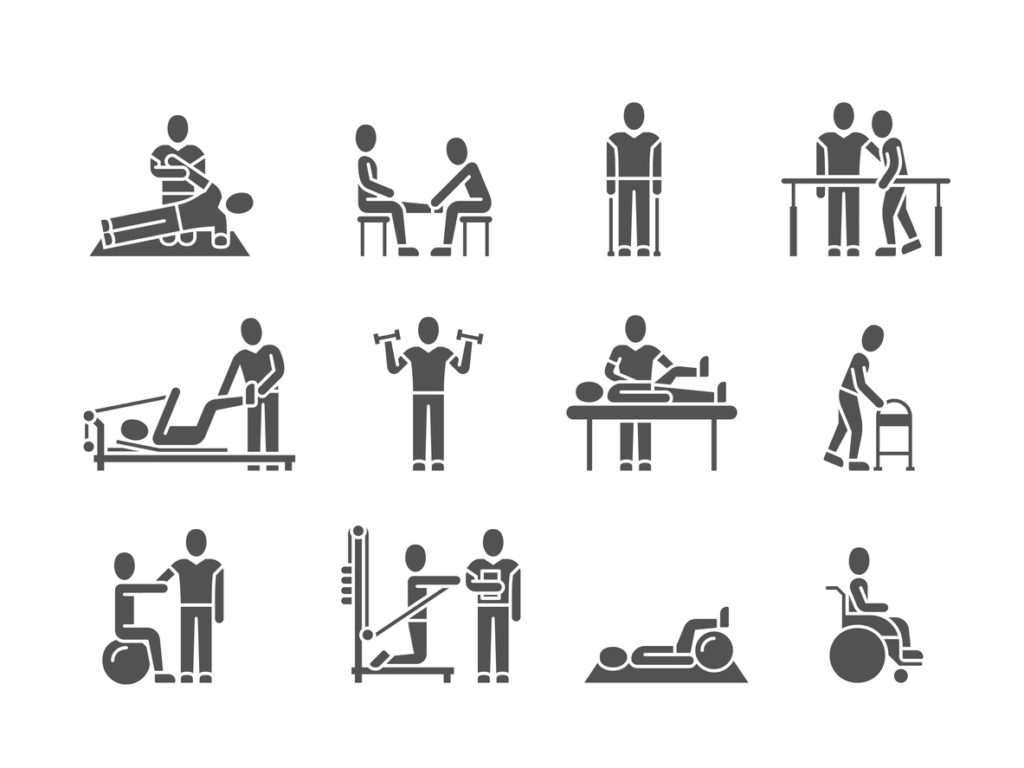Reader question:
Dear VMC,
My partner has what’s called ‘text neck’ – what does it actually mean and what can he do about it?
Thanks
Michaela.
Physio response:
Interview with Andrew Ellis – Bsc (Ex. Sc), M. Phty, Physiotherapist and City Clinic on King Physiotherapist, CEO World Health Webinars
What is text neck?
The use of mobile phones and smart devices has seen a dramatic rise in the number of patients attending physiotherapy clinics with neck and shoulder pain, even headaches. Text neck is a condition where patients are spending prolonged periods of time looking down at their phones. This pressure through the front of the neck and continual stretching of the posterior structures of the head and neck is leading to pain and dysfunction.
How common is text neck and who’s most likely to get it?
Text neck is becoming more and more prevalent with up to 5-10 patients per week presenting to City Clinic with such symptoms. We are predominantly seeing younger people who spend excessive amounts of time on their smart devices with the problem. However, older individuals are also presenting with cases of text neck – especially after a stressful week at work if they have been using their mobile phone more than usual.
Get on top of your physical health
Find and instantly book affordable physios within Australia
How long do you have to spend with this posture to suffer from text neck?
Not long. Minor cases have been demonstrated to occur with just 10-15 minutes of continual phone use. I have found that individuals riding public transport are most at risk, as the unexpected bumps of travel can damage the neck as it sits for a prolonged period of time in the vulnerable flexion position.
How is text neck treated?
Physiotherapy is excellent for the treatment of text neck. I personally have found excellent results using trigger point dry needling, massage, spinal mobilisations, active range of movement exercises and strength / stabilisation exercises.
What are the implications of ignoring text neck?
Text neck usually moves in one direction when ignored. That’s the wrong way! It usually gets worse to the point where an individual will end up at the GP looking for pain medication or City Clinic looking for some kind of a release. Long term implications include headaches, upper cross syndrome (where the muscles of the upper back and neck become weak having ramifications on posture) and shoulder pain. Severe cases may result in sensorimotor deficits of the cervical spine such as balance loss and dizziness.
All content and media on the HealthEngine Blog is created and published online for informational purposes only. It is not intended to be a substitute for professional medical advice and should not be relied on as health or personal advice. Always seek the guidance of your doctor or other qualified health professional with any questions you may have regarding your health or a medical condition. Never disregard the advice of a medical professional, or delay in seeking it because of something you have read on this Website. If you think you may have a medical emergency, call your doctor, go to the nearest hospital emergency department, or call the emergency services immediately.








